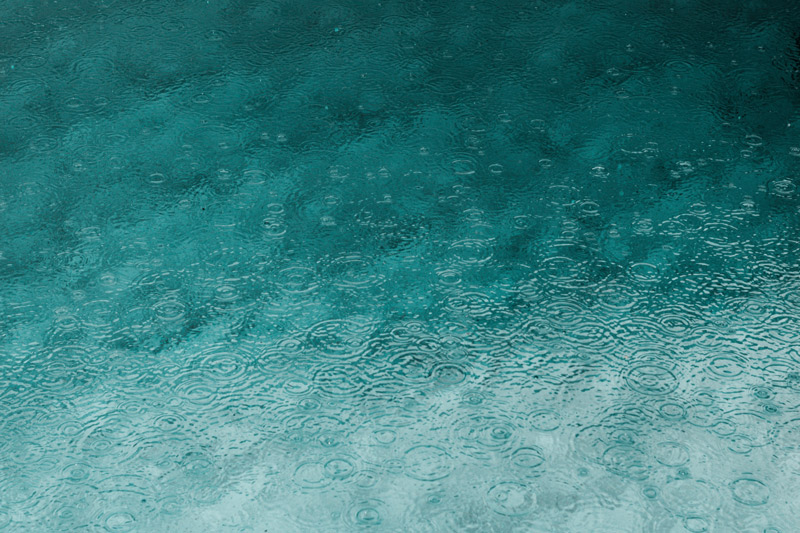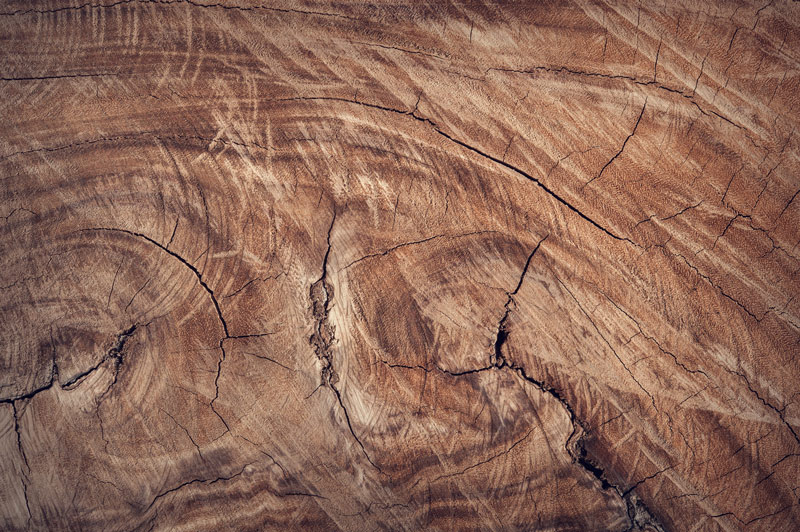Texture can be found everywhere in the world. The lines create a shape. Shapes create a form. But shape needs a surface to establish its nature. When the photographers are working with the surface, it turns into a texture. So, what is texture? In real life with a 3D environment, a texture may define as the surface of an object which can be touched and felt. It may be harsh or smooth.

Texture in photography
In photography, it may present with the feel-like factor in an image. Hence, it is immediate in the photographer and viewers’ inner minds. It makes a sense of harsh, rough, smooth, etc. in a photograph based on depth, contrast, and patterns. The digital darkroom or post-processing enables it in a more aggravated or pointless way.
Characteristics of texture
In real life, texture can be smooth or harsh. The other descriptors are tall, short, wet, hard, soft, bumpy, dull, or shiny. In photography, it is similar to form which may reveal through the variations of tonality. And, the tonality varies on the intensity of light and shadow in a photograph.

Again another question arises in mind about the form. It takes the shape into 3D from 2D. It is the combination of more than one shape and creates a form where width, height, and depth are present. The light and shade help to create a form. For example, imagine a grapevine where you visualize a bunch of grapes. The shape is a triangle. Observe more closely, every grape shape is round or oval. The light and shadow create a bunch of grapes a form.
Types of texture
It may be a mixture of emotions and feelings. For example, the rough objects represent boldness, cruelty, or aggression. The photographer makes a composition of roughness with the use of intense light and shadow. The extra clarity and dehaze in post-processing create more depth in objects.
The smooth feel objects represent peace, calmness, happiness, and so on. Photographers might like the reflected light, soft-box, diffused light, etc. to make the subject smooth and fine texture. Viewers may feel a lack of depth in the object but the composition made by the photographers is such a viewpoint that viewers concentrate on the main object itself and feel the total ambiance in the photograph.
Technical perspective in texture
The shutter speed in the camera plays a vital role to present an object’s texture. Low shutter speed like 1/15s or 1/10s gives a smooth texture of flowing water. The lower shutter speed of a moving object makes an extra illusion in the photograph.
Aperture values also help the form as blurry or razor-sharp portraiture. The high value in the aperture makes an object more prominent. It adds more contrast, clarity, and depth of feeling to an object. A lower value of the aperture makes the object blurry or tends to be blurry based on the focusing distance of a point of the object. For example, in portraiture, if the focus point is on the eye of a model and the aperture value is f/1.8 then the ear portion may blur.
It can be used to create compositional contrast in an image. It can unify or divide a frame. A moving object can be shown possibly in a still picture by using a long shutter speed and panning technique in the camera. The viewer’s mind may feel a movement in a still image and it guides them to concentrate on the center of the attraction. It invokes mood or emotion which is firmly related to it.
Finding a beautiful texture
Walk around your surroundings and find it everywhere. Observe very keenly every object and the viewer’s mind grasps a solid knowledge of it. For example, the bark of a tree, flowers, plants, water, sky, valley, sea, soil, sand, and so on.

The common texture pattern will be implanted in the mind. Now, it is time for a photographer to compose a picture with these objects and turns a specific emotion into the viewer’s mind with the help of light, shadow, and tonality to bind a texture.
You might be interested to read the photography elements like line and shape
Acknowledgement: various photography website and pexels

Awesome
Informative
awesome and informative
lovely
Sir wonderful write up